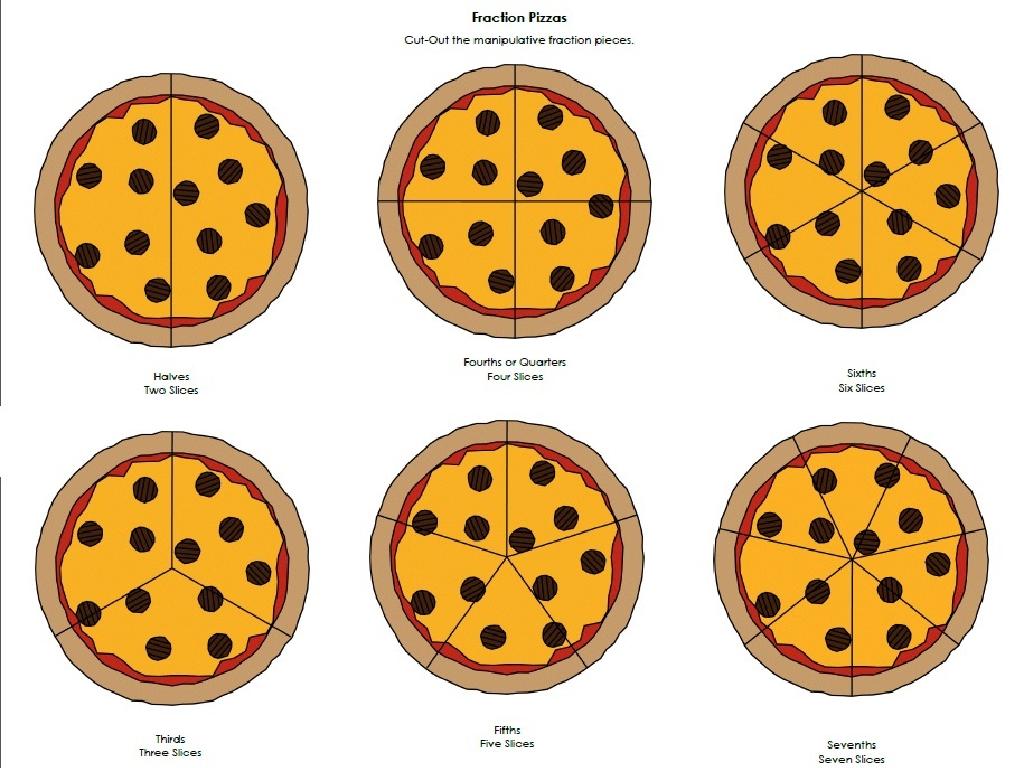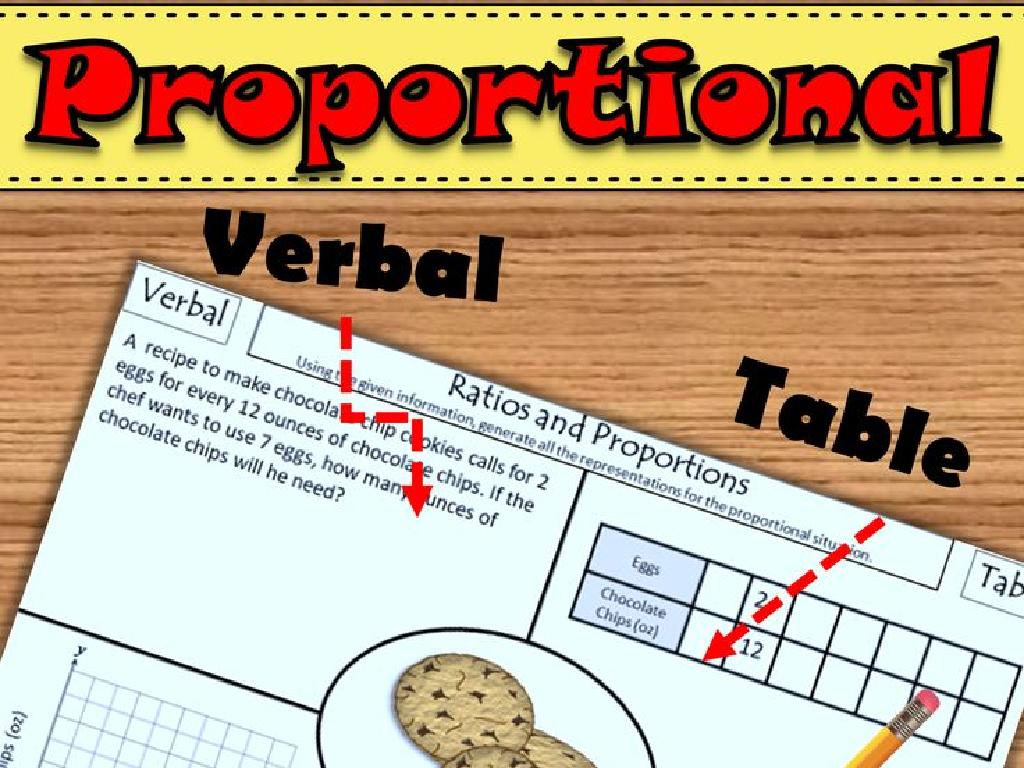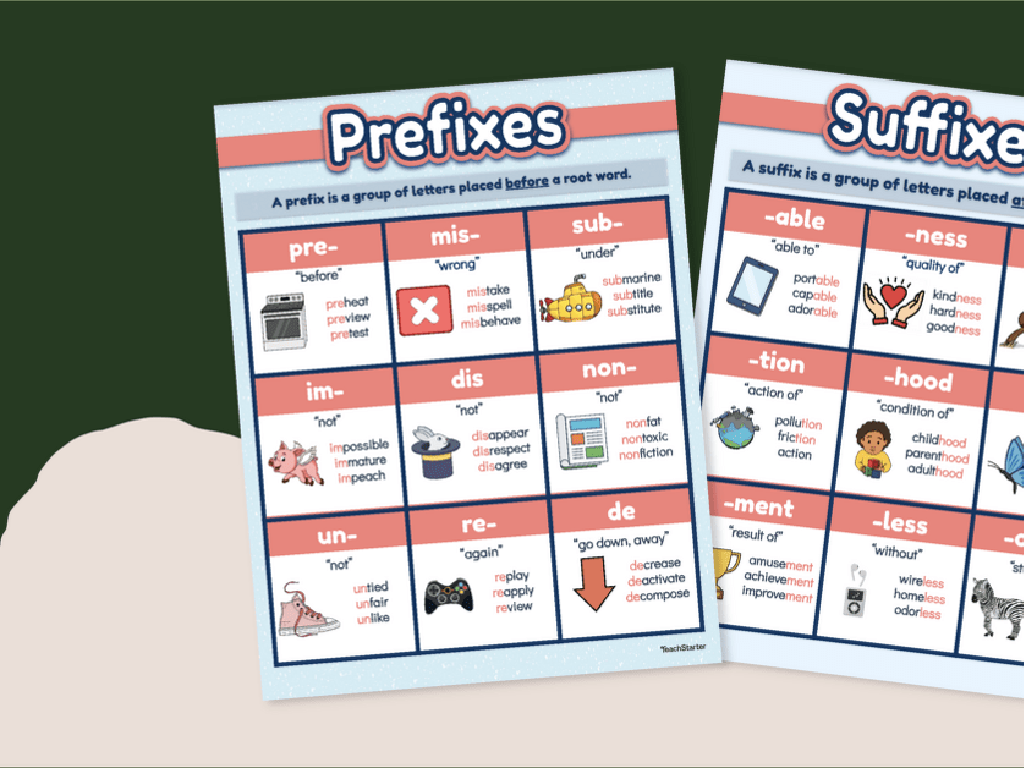Blend Onset And Rime Together To Make A Word
Subject: Language arts
Grade: Kindergarten
Topic: Blending And Segmenting
Please LOG IN to download the presentation. Access is available to registered users only.
View More Content
Welcome to Blending Sounds!
– Playing with sounds makes words
– Sounds help us learn to read
– Learn what onset and rime are
– Onset is the first sound, rime is the rest of the word
– Practice blending to read
– Put together ‘c’ (onset) and ‘at’ (rime) to say ‘cat’
|
This slide introduces the concept of blending sounds to create words, which is a fundamental skill in early reading development. Emphasize the fun aspect of playing with sounds to engage the students. Explain that understanding the sounds in words is crucial for learning to read. Introduce the terms ‘onset’ (the initial consonant sound of a word) and ‘rime’ (the string of letters that follow, usually a vowel and any following consonants), and demonstrate how blending them forms a word. Use simple examples like ‘c-at’ to ‘cat’ or ‘h-at’ to ‘hat’ to illustrate the concept. Prepare to guide the students through several examples, encouraging them to listen and repeat. The activity will involve students practicing blending different onsets and rimes to form new words.
Blending Sounds to Form Words
– Understanding ‘Onset’ in words
– The onset is the start sound of any word.
– Onset can be a single letter
– For example, ‘b’ is the onset in ‘bat’.
– Practice onset sounds with examples
– Let’s try with ‘c’ in ‘cat’, ‘d’ in ‘dog’.
– Blending onset with the rime
– Combine ‘b’ with ‘at’ to make ‘bat’.
|
This slide introduces the concept of ‘onset’, which is the initial phonological unit of any word. It’s crucial for kindergarteners to understand that the onset is the first sound they hear in a word, and it can be as simple as a single letter. Use examples like ‘bat’, ‘cat’, and ‘dog’ to practice. Then, demonstrate how to blend the onset with the rime (‘at’ in ‘bat’) to form a complete word. Encourage the children to repeat after you and create a list of words using different onsets with a common rime. This activity will help them in recognizing patterns in words and enhance their reading skills.
Understanding Rime in Words
– What is a rime?
– Rime is the part of a word after the onset.
– Rime includes vowel and rest
– It’s the vowel and what follows, like ‘-og’ in ‘dog’.
– Example: ‘-at’ in ‘bat’
– Helps in blending to form words.
– Listen to rime sounds!
|
This slide introduces the concept of rime to Kindergarten students, which is crucial for their understanding of word formation. Rime is the part of a word that contains the vowel and all the letters that come after it. It’s important for students to recognize and practice rime sounds as it helps them to blend sounds together to form words. Use examples like ‘-at’ in ‘bat’, ‘-og’ in ‘dog’, and ‘-un’ in ‘sun’ to illustrate the concept. Engage the class by listening to rime sounds and repeating them. This will prepare them for an activity where they will blend onsets and rimes to create new words. Make sure to speak clearly and use a cheerful tone to maintain the students’ attention.
Blending Sounds to Make Words
– Onset and rime make a word
– Example: ‘c’ + ‘-at’ = ‘cat’
– ‘c’ is the beginning sound, ‘-at’ is the ending part
– Let’s blend sounds together
– We’ll combine sounds to form words
– Practice with different words
– Try ‘b’ + ‘-at’, ‘h’ + ‘-at’, and more
|
This slide introduces the concept of blending the onset (the initial consonant sound) and the rime (the following part of the syllable) to create simple words. Use the example of ‘c’ and ‘-at’ to show how combining these parts forms the word ‘cat’. Encourage the children to practice blending by using different onsets with the rime ‘-at’ to see what new words they can make. This activity helps with phonemic awareness and decoding skills, which are crucial for early reading development. Make sure to articulate the sounds clearly and give the children plenty of praise as they attempt to blend the sounds on their own.
Practice Time: Blending Sounds
– I say the onset: ‘b’
– You say the rime: ‘-ig’
– Blend together: ‘b-ig’
– Combining ‘b’ and ‘-ig’ makes ‘big’
– Now, say it fast: ‘big’
– Practice makes perfect! Try with ‘big’
|
This slide is for a fun and interactive blending activity. Start by explaining that the onset is the first sound of the word and the rime is the rest of the word. Demonstrate with the word ‘big’ by saying the onset ‘b’ and having the students say the rime ‘-ig’. Then, blend them together quickly to demonstrate how the word is formed. Repeat the activity with different onsets and rimes. Possible variations for the activity: ‘c’ and ‘-at’ to make ‘cat’, ‘h’ and ‘-op’ to make ‘hop’, ‘p’ and ‘-ig’ to make ‘pig’, ‘f’ and ‘-an’ to make ‘fan’. This will help students understand how different parts of words come together to form whole words and improve their phonemic awareness.
Let’s Play a Game: Blending Sounds
– I have special sound cards
– Match onsets and rimes to make words
– Onsets are the first sounds, rimes are the endings
– Can you find the right pairs?
– Let’s create new words together!
– Example: ‘c’ (onset) + ‘at’ (rime) = ‘cat’
|
This slide introduces a class activity designed to help Kindergarten students understand the concept of blending onsets and rimes to form words. The teacher will have cards with onsets (beginning sounds of words) and rimes (endings of words) that students will match to create whole words. This interactive game encourages participation and helps students recognize patterns in word formation. For the activity, the teacher should prepare multiple sets of cards with common onsets and rimes. Possible activities include: 1) Students work individually to match cards, 2) Pair students to collaborate on finding matches, 3) Create a competition to see who can make the most words, 4) Have students use the words they create in sentences, 5) Allow students to illustrate the words they form. The goal is to make learning phonics fun and engaging.
Story Time with Blended Words
– Read a story as a class
– Listen for today’s blended words
– Words like ‘cat’ from ‘c’ and ‘at’
– Raise your hand for blended words
– Discuss the words we find
– We’ll talk about each word and how we blended it
|
This slide is for a class activity that encourages active listening and participation. As you read a story to the class, prompt the students to listen carefully for words that are made by blending an onset (the beginning sound) and a rime (the ending part of the word). When they hear a word that was discussed earlier in the lesson, they should raise their hand. This will help reinforce their understanding of how different sounds come together to form words. After the story, discuss the blended words that were identified, and go over the blending process for each. This activity will not only help with their blending skills but also with their listening and comprehension abilities.
Class Activity: Word Creators
– Become a word creator
– Blend with letter blocks
– Use blocks to combine starting sounds (onsets) and word endings (rimes)
– Make and share new words
– Show your classmates the words you’ve made
– Enjoy learning together
|
This slide introduces a hands-on class activity for Kindergarten students to practice blending onsets and rimes using physical letter blocks. The goal is to help students understand how different sounds combine to form words. Encourage them to experiment with different combinations and to be creative in their word creation. As they share their new words with the class, it will foster a fun learning environment and enhance their phonemic awareness. Possible activities include: 1) Pairing students to create words together, 2) Creating a word wall with their new words, 3) Having a ‘word parade’ where they show and pronounce their words, 4) Playing a game where they guess the word from the onset and rime blocks, 5) Encouraging them to use the words in sentences.






